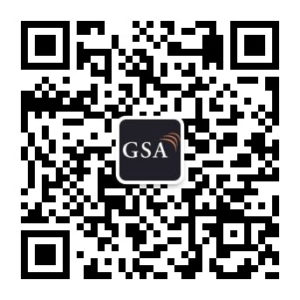6G-Going Beyond 100 Gbps to 1 Tbps
Exceeding 100 Gbps Data Throughput with a Sub-THz Testbed for 6G Research
6G research is in its very early stages. The vision for what the International Telecommunication Union calls Network 2030 continues to take shape. While the industry is years away from starting the standards development process, sub-terahertz (sub-THz) territory is a focus of active research.
Getting to 100 gigabits per second (Gbps) to 1 terabit per second (Tbps) data throughput is a key objective and an active area of research for 6G. This extreme data throughput could evolve into a Key Performance Indicator (KPI) for 6G. However, it poses significant challenges, both from an RF perspective and baseband perspective.
There are three fundamental approaches to increasing data throughput.
One approach involves using higher-order modulation schemes such as 64 QAM to increase the number of bits transmitted for each symbol. Given a fixed and finite spectrum bandwidth, increasing the modulation order from QPSK (transmitting two bits for each symbol) to 64 QAM (transmitting six bits for each symbol) would increase the data throughput by a factor of three, if channel conditions and radio performance allow. A 1 GHz QPSK symbol rate would result in a 2 Gbps theoretical raw calculated data throughput without forward error correction (FEC) coding rate redundancy. However, increasing the modulation order to 64 QAM would result in a 6 Gbps data throughput, while using the same spectrum occupied bandwidth. Page 2
The second approach uses more spectrum bandwidth and increases data throughput by using a higher symbol rate. For example, the 1 GHz symbol rate, the occupied channel bandwidth is approximately 1.22 GHz, assuming a 0.22 root-raised cosine filter alpha (or excess bandwidth). Increasing the symbol rate by a factor of ten to 10 GHz would increase the QPSK data throughput to 20 Gbps, but would use a much wider swath of spectrum (approximately 12.2 GHz). Increasing the modulation order to 64 QAM could increase the data throughput to 60 Gbps, but supporting higher order modulation schemes at these extreme modulation bandwidths becomes much more challenging due to reduced Signal-to-Noise (SNR) ratio, greater linear amplitude and phase impairments, and other technical challenges [1].
A third approach transmits multiple and independent streams of data using multiple antenna techniques such as multiple-input/multiple-output (MIMO). MIMO exploits the channel and simultaneously transmits and receives multiple and independent data streams for higher data throughput. For the 1 GHz symbol rate with QPSK, by using MIMO encoding/decoding and transmitting two independent streams of data simultaneously, you may increase the data throughput. However, the actual increase in data throughput, would depend on the channel conditions and system overhead.
This whitepaper will discuss using the first two approaches at H-band (220-330 GHz) from an RF physical layer perspective, and show that it is possible to exceed 100 Gbps using 64 QAM modulation with an occupied bandwidth of 30 GHz.
6G-Going Beyond 100 Gbps to 1 Tbps
GSA Social Media Contacts
WeChat: GSA Express


